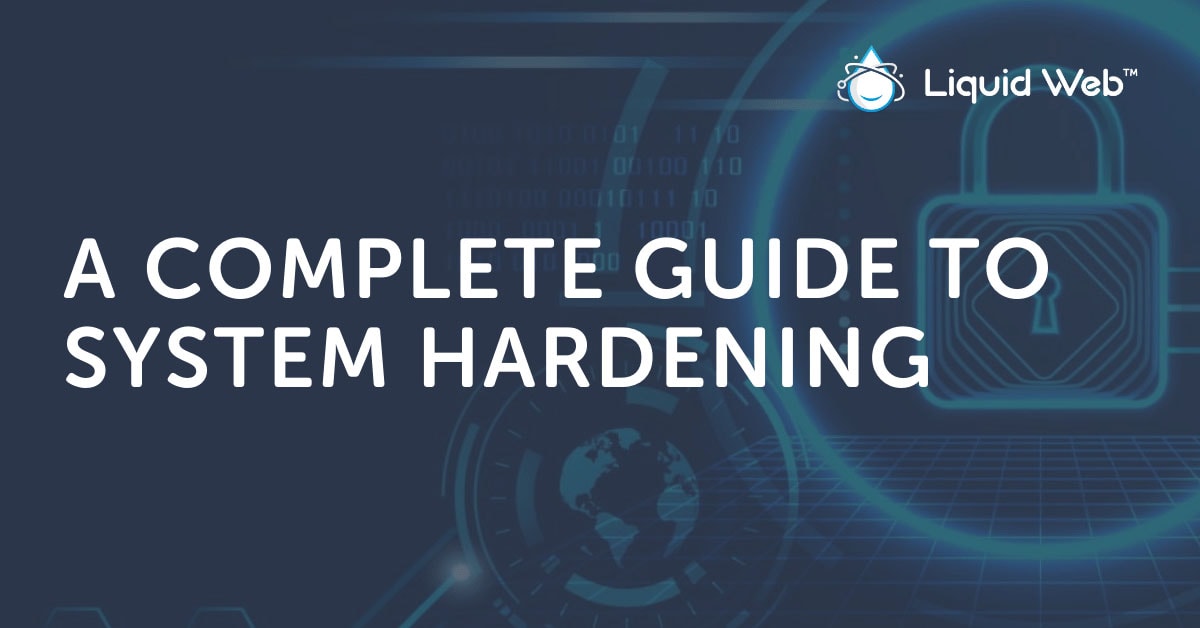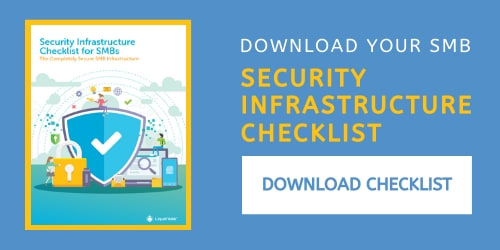
[ad_1]
Information technology (IT) systems are the backbone for a significant number of modern business enterprises. These include software applications, network solutions, and server hardware used to maintain operations and deliver value to customers. Therefore, protecting them from the ever-present threat of cyberattacks should be a priority for these organizations. System hardening is just one of the ways to ensure the operational efficiency of these systems.
What is System Hardening?
System hardening is the process of configuring an IT asset to reduce its exposure to security vulnerabilities. That exposure is commonly referred to as an attack surface, and it is the sum of all the potential flaws and entry points that attackers can use to compromise a system. System hardening aims to make this attack surface as small as possible, making it difficult for malicious actors to compromise the asset.
If we were to use a simple example of a file on a computer as an asset, then the system hardening process would include steps like:
- File encryption.
- Password protection.
- Automating system log-off.
- Improved physical security.
- Restricted network and physical access.
All these steps will increase the difficulty involved in gaining unauthorized access to the file.
There are different types of IT assets, and as such, the process of hardening them varies. However, the goal of eliminating vulnerabilities and mitigating security risks remains the same.
Why is System Hardening Important?
The increased dependence on IT infrastructure has also led to an increase in the number of hackers looking to infiltrate these systems for nefarious purposes. Over a decade ago, studies showed that a hacking attack occurred every 39 seconds, and in the years since, that rate of attacks can only have gone up.
In the face of this overwhelming wave of cyberattacks, it’s not a question of if you will face an intrusion attempt, but when.
As a result, businesses need to take the necessary steps to protect themselves and their customers from attacks. System hardening should be an essential part of these steps necessary for an effective defense against cyberattacks.
Beyond protecting your data and infrastructure, industry best practices and government regulations regarding information security can only be satisfied by applying the system hardening process to your infrastructure.
What are the Benefits of System Hardening?
Greater System Security
Improved security posture is the goal of system hardening, and if done correctly, it significantly reduces the risk of you becoming a victim of common security threats. This is because cybersecurity experts constantly update system hardening best practices to match emerging threats and vulnerabilities.
Improved System Efficiency
Your infrastructure can experience a boost in performance due to installing security patches, system updates, and disabling unnecessary processes while following system hardening guidelines.
Long-Term Cost Savings
Enhancing your system’s security levels through system hardening means you’re less likely to experience incidents that compromise your security. As a result, you save money that would have been spent on disaster recovery efforts in the event of a security breach.
Regulatory Compliance
Most governments and industries recognize the growing threat of cyberattacks and their impact on their citizens/stakeholders. As a result, they have made it mandatory for organizations operating within their jurisdiction to comply with regulations based on information security and data protection best practices.
These best practices also serve as the foundation for most system hardening guidelines, which means you can effortlessly kill two birds with one stone.

7 Steps for How to Harden Your Server and System
While information technology infrastructure varies based on organizational requirements and use cases, the technologies used to build these systems are common across industries. Whether it’s because of great marketing or the quality of these products/services, this standardization has made it possible to create security configuration guidelines for each technology. These guidelines, developed by cybersecurity experts, provide a system hardening checklist that organizations can apply to each technology item that makes up their infrastructure.
In addition, the benchmark documents contain recommendations and detailed instructions for implementing security measures based on use cases. In this format, a security professional can download the appropriate documentation for their infrastructure and build a checklist of hardening steps specific to their technology stack.
Let’s look at an example of an organization that uses Microsoft’s Windows Server to host business applications and manage system access.
- Disabling guest accounts and implementing a strict password policy for all users.
- Installing updates, hotfixes, and patches for the operating system regularly.
- Restricting access to administrator accounts and instituting account lockout policies.
- Applying regular updates to third-party applications, and definition updates to antivirus software.
- Configuring group policy restrictions for active directory and implementing role-based access control.
- Disabling unnecessary windows services and closing unused network ports.
- Configuring system alerts.
These steps are more of a general checklist. A full-featured system hardening guide would include more steps and detailed information on what level of security each step offers and how to implement it.
5 System Hardening Best Practices
Across the different checklists and benchmarks for system hardening, a few procedures appear consistently regardless of the technology you’re securing. Whether it’s a desktop operating system or a networking hardware firewall, the best practices below have proven their efficiency in reducing system vulnerabilities:
- Consistently Enforce the Use of Strong Passwords: When possible, use a two-factor authentication system for an additional layer of security.
- Restrict Access to Critical Components of Your Infrastructure: Access to the different IT functions should be based on user roles and closely monitored to prevent unauthorized access to core systems.
- Automate System Updates and Backups: This way, you reduce the risk of human failure being responsible for a hole in your security infrastructure.
- Document All Activity: This includes logging and monitoring notifications for system-level events, access logs, errors, and detected suspicious activities. This information will prove helpful when investigating security incidents.
- Remove Unnecessary Features or Services: Apart from being a burden on system resources, they can also become potential entry points for hackers looking to compromise your infrastructure.
Get a Hardened and Secure Cloud With Liquid Web
We’ve established the importance of system hardening, but the reality is that not all organizations have the technical capacity to effectively implement a system hardening checklist for their infrastructure. This is why switching to a cloud-based solution can be the perfect solution, since a fully managed provider can help with system hardening.
[ad_2]
Source link


![System Hardening [7 Steps to Harden Your Server Now]](https://dealzclick.com/wp-content/uploads/2022/01/AMDs-35-Billion-Deal-for-Xilinx-Now-Expected-to-Close-in.jpg)
![System Hardening [7 Steps to Harden Your Server Now]](https://dealzclick.com/wp-content/uploads/2022/01/Activate-Belief-Shaking-Data-Cleaning-With-These-12-Majestic-Songs.jpg)



